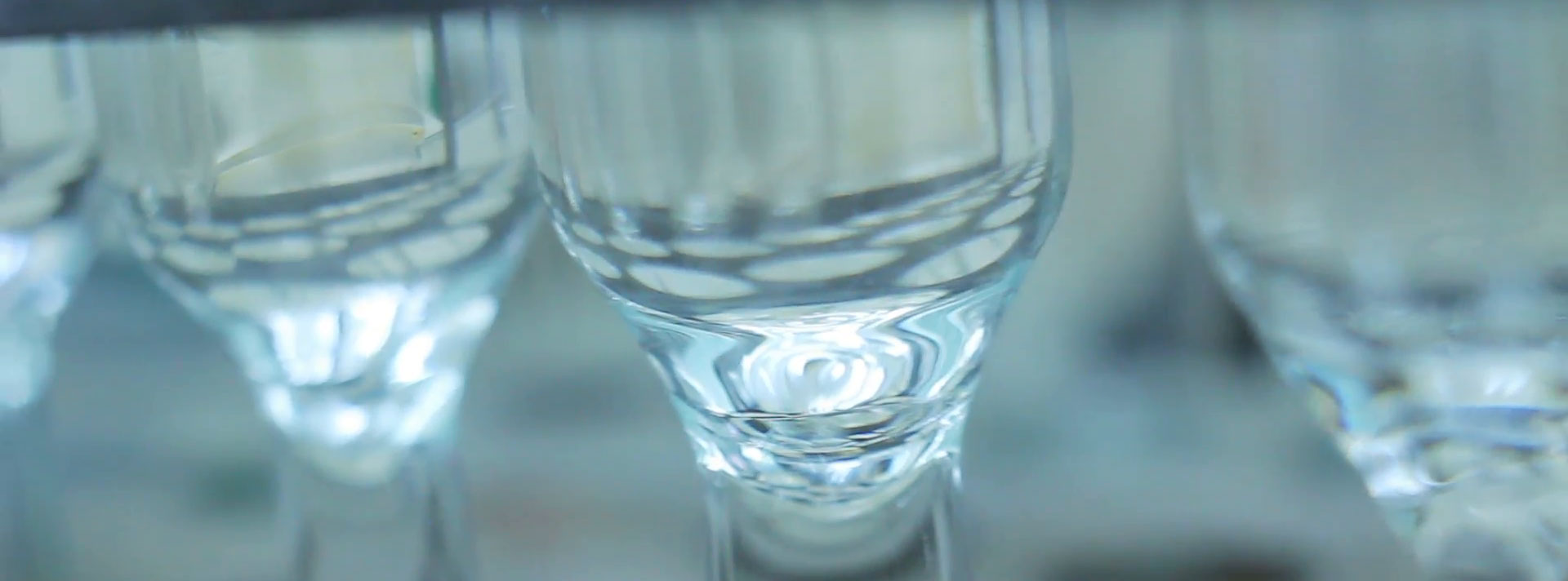




Glass is one of the most widely used building materials from various kitchenware, windows and various ornaments to computer technologies. The first archaeological examples of glass production are found in the regions of Ancient Egypt and Mesopotamia. These early examples are mostly beads or glassware which are formed by chance during metal processing.

However, the turning point in glass production was in the first century BC when Syrian and Palestinian workers found the art of glass blowing. With the present invention, glass production has changed drastically and turned into a cheap and easy to produce material. In the same period, the Romans carried the glass to Europe. The Romans used glass so much that they used it not only in making pots and jewelery, but also in architecture.
In modern times, the production of glass has not changed. In the same way, the sand consisting of silica, soda ash and lime is heated to extreme temperatures and then shaped and allowed to cool. The molten glass is poured into pre-designed molds to give various shapes.
Although these processes seem basically simple, they are enriched with additives and very precise processes are applied to produce glass of different durability and different properties. Care must be taken to maintain temperatures at every point of the production cycle. In this respect, different tests are applied in various processes and the glass is of the desired quality and quality.
The following are a few standards that are based on glass testing by competent authorities:
TS EN 1279-1 Glass - Used in buildings - Glass based insulation units - Part 1: General specifications, definition of insulation unit, renovation rules, dimensional tolerances and appearance quality
TS EN 1279-2 ... Section 2: Long-term test method and requirements for moisture permeability
TS EN 1279-3 ... Section 3: Long-term test method and requirements for gas leakage rate and gas concentration tolerances
TS EN 1279-5 ... Section 5: Product standard
TS EN 1279-6 ... Section 6: Factory production control and periodic tests
The application is received, the contract and then the product, vehicle and vehicles for which, what kind of service is determined exactly.
The necessary laboratory environment is prepared and the products, tools and instruments requested by the organization are tested by experts with the reference of the existing standards and measurements are made.
The data obtained as a result of meticulously completed tests, measurements and analyzes are evaluated and accredited approved reports are submitted by expert engineers.
To get an appointment, to get more detailed information or to request an evaluation, you can ask us to fill in our form and reach you.